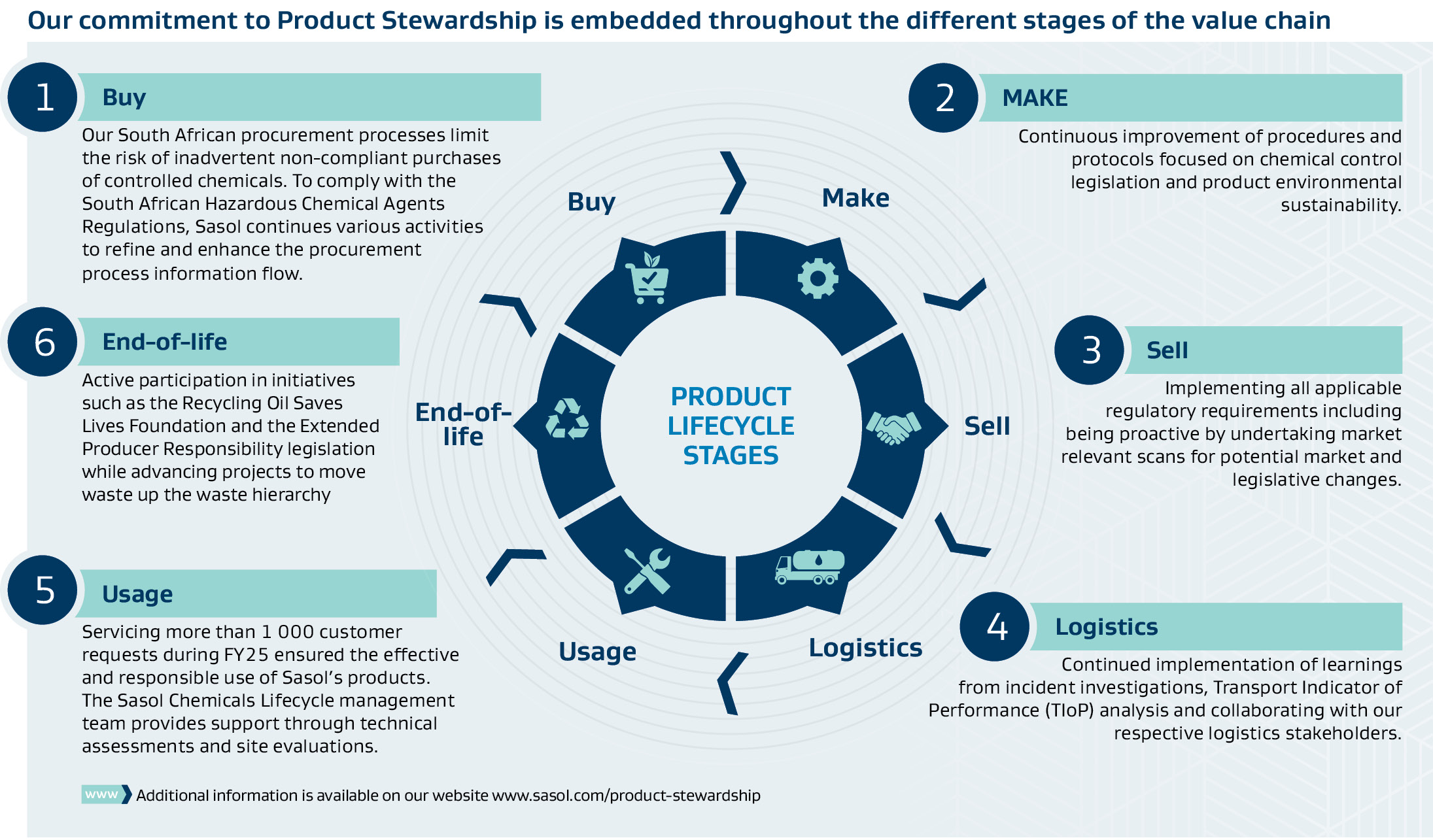SCIB: The Standard Bank Of South Africa - Expiry of vanilla warrants
SCIB: The Standard Bank Of South Africa - Expiry of vanilla warrants
THE STANDARD BANK OF SOUTH AFRICA LIMITED - NOTICE OF EXPIRY OF STANDARD BANK WARRANTS
25/10/2021
SCIB: The Standard Bank Of South Africa - Expiry of vanilla warrants
THE STANDARD BANK OF SOUTH AFRICA LIMITED - NOTICE OF EXPIRY OF STANDARD BANK WARRANTS
25/10/2021
SFIE - Interest Payment Notification
Sasol Financing Limited
(Incorporated in the Republic of South Africa)
(Registration number: 1998/019838/06)
Company code: SFIE
LEI: 378900A5BC68CC18C276
Bond code: SOL01 ISIN: ZAG000190927
Bond code: SOL02 ISIN: ZAG000190919
Bond code: SOL03 ISIN: ZAG000199670
Bond code: SOL04 ISIN: ZAG000199688
("Sasol")
Interest Payment Notification
Interest Payments and Final Redemption Notification
Sasol Financing Limited
(Incorporated in the Republic of South Africa)
(Registration number: 1998/019838/06)
Company code: SFIE
LEI: 378900A5BC68CC18C276
Bond code: SOL01 ISIN: ZAG000190927
Bond code: SOL02 ISIN: ZAG000190919
Bond code: SOL03 ISIN: ZAG000199670
Bond code: SOL04 ISIN: ZAG000199688
("Sasol")
Interest Payments and Final Redemption Notification

Within Sasol, various governance measures and practices are in place to mitigate potential risks across the life cycle of our products, with risk assessments performed for all products as informed by different national and regional requirements. Critical to the risk assessment process is input on the inherent substance hazard potential provided through the hazardous product classification applying the Global Harmonized System with applicable jurisdictional chemical control regulatory requirements.
LCA is a standardized method for analyzing the potential environmental impacts of products throughout their entire lifecycle, as described in ISO 14040 and ISO 14044.
When the analyzed impact category is limited to climate impact, it is referred to as a Product Carbon Footprint (PCF), with ISO 14067 applying. Given the current focus on reducing contributions to climate change, we are concentrating on attaining greater insight of the carbon footprint of our products. This includes all greenhouse gases, whose impacts contribute to the overall result as carbon dioxide equivalents. In addition to the corresponding ISO standard (ISO 14067), we also refer to the PCF Guideline from “Together for Sustainability,” which provides recommendations specifically for PCF creation by the chemical industry.
When Sasol began to engage in PCF calculations, it was within the context of specific projects covering a few products at a time. Customer inquiries related to this information have been growing steadily and continue to do so. Our goal now is to have most of our product portfolio covered with PCF information. We are systematically covering all Sasol sites to supply our customers with PCF information as requested. We aim to update the models annually, which will be used to update datasets related to plants, suppliers, lifecycle inventories, and to analyze the impact of potential improvement measures on the PCF results. Sasol is progressing well towards being able to provide PCF information for more than 90% of our production volume.
In alignment with Sasol’s Group Commitment to the Safe Management of Hazardous Products specifically Key Focus Area 3: Risk-Based Approach to Chemicals Management, Sasol has robust governance measures to proactively manage potential risks across the entire life cycle of our products.
At Sasol, risk assessments are conducted for all products, guided by applicable national and regional regulatory frameworks. A cornerstone of this process is the evaluation of inherent substance hazards, which is informed by the classification of hazardous products in accordance with the Globally Harmonized System of Classification and Labelling of Chemicals (GHS), as well as jurisdiction specific chemical control regulations.
Importantly, 100% of Sasol’s product portfolio is classified and labelled in full compliance with the GHS, ensuring consistency, transparency, and safety in communication across global markets. This universal approach to hazard communication not only facilitates regulatory compliance across jurisdictions but also enhances the protection of human health and the environment by enabling clear, harmonized understanding of chemical hazards among workers, customers, emergency responders, and downstream users. By adopting GHS, Sasol supports safer handling, transport, and use of its products throughout the value chain.

Potential hazards of all Sasol’s products are communicated to stakeholders via appropriately detailed hazard communication documents, including Safety Data Sheets aligned with the Globally Harmonized System of Classification and Labelling, Regulatory Information Sheets, engagements and training as necessary.

Sasol acknowledges that product stewardship is a shared responsibility of all parties involved in a product’s life cycle. Active engagement and collaboration with our stakeholders, including suppliers and customers, on safe hazardous product management is a key focus.

Since 2023, Sasol has been a proud advocate for chemical safety and security through its active support of the Organisation for the Prohibition of Chemical Weapons (OPCW)) Capacity Building Programme. In partnership with the South African Department of
Trade, Industry and Competition, Sasol hosted four candidates for three weeks, offering them practical industry experience.
The OPCW is committed to the global eradication of chemical weapons and preventing their re-emergence by enforcing the Chemical Weapons Convention. A key component of this mission is the beneficial relationship with the chemical industry, exemplified by the Industry Candidate Training Program. This program fosters cooperation by training industry professionals in compliance, safety, and security measures related to chemicals.
Sasol’s collaboration with the OPCW ensures that industry partners are well-equipped to support the OPCW's verification regime and contribute to a safer, chemical weapon-free world. Over the past two years, Sasol has supported these four candidates, focusing their research on:
By engaging in these critical areas of international cooperation, Sasol not only enhances its own safety and security protocols but also contributes significantly to global chemical safety and security initiatives. This commitment underscores Sasol’s dedication to fostering a safer and more sustainable world.


Fill up with R500 or more and stand a chance to win Smartphones, Tablets and so much more!
Divestment by Sasol South Africa Limited of a 30% Equity Interest in ROMPCO
Sasol Limited
(Incorporated in the Republic of South Africa)
(Registration number 1979/003231/06)
Sasol Ordinary Share code: JSE: SOL NYSE: SSL
Sasol Ordinary ISIN codes: ZAE000006896 US8038663006
Sasol BEE Ordinary Share code: JSE: SOLBE1
Sasol BEE Ordinary ISIN code: ZAE000151817
(Sasol)
Sasol Launches an Offering of US$750 Million Guaranteed Senior Unsecured Convertible Bonds
Sasol Limited
(Incorporated in the Republic of South Africa)
(Registration number 1979/003231/06)
Sasol Ordinary Share codes: JSE: SOL NYSE: SSL
Sasol Ordinary ISIN codes: ZAE000006896 US8038663006
Sasol BEE Ordinary Share code: JSE: SOLBE1
Sasol BEE Ordinary ISIN code: ZAE000151817
(“Sasol” or “the Company”)